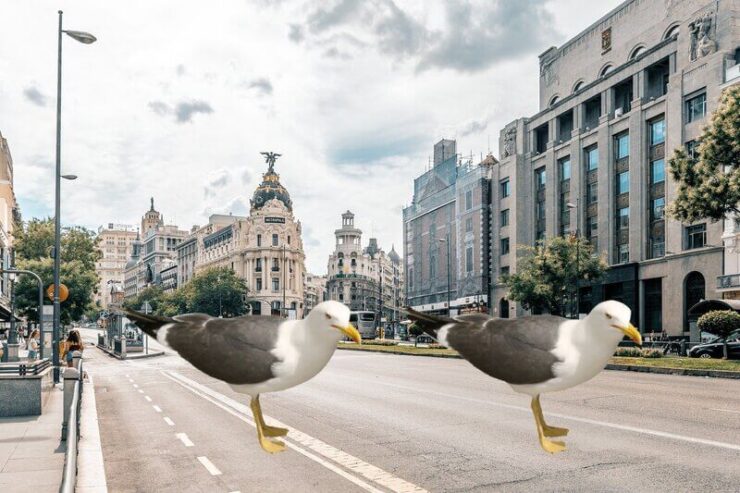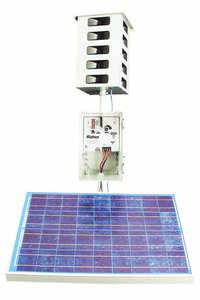In this article, we will learn:
- Why we find seagulls in inland cities,
- Which seagull species are the most common in Spain and in the capital
- What problems do seagull infestations cause?
- How to combat a seagull infestation
- Client References in seagull pest control
- CTM Case – Madrid Transportation Center
- More information and references on seagull pest control
Why do we find seagulls in inland cities?
Seagulls are marine birds. That is, the habitat common to seagulls is along the coast, by the sea.
However, increasingly, we find seagulls in inland cities. Seagulls are very intelligent birds that have learned to adapt to humans. In these cities, seagulls seek two fundamental elements to improve their survival: easy food and water.
Seagulls from Northern Europe migrate south in search of warmer places to survive the colder months. Many of them do not reach the African continent and settle during the winter in inland cities.
What seagull species are the most common in Spain and in the capital?
There are about 54 species of seagulls in the world.
In Spain, the most common seagull species are four:
- Herring Gull (Larus argentatus)
- Yellow-legged Gull (Larus michaellis)
- Black-headed Gull (Larus ridibundus)
- Lesser Black-backed Gull (Larus fuscus)
In Madrid, the last two species are especially abundant: the Black-headed Gull and the Lesser Black-backed Gull. The latter, being larger, is also the most numerous in Madrid. However, it is not uncommon to spot other species of “urban seagulls” in the capital, such as the Yellow-legged Gull or the Herring Gull.
What are the breeding months for seagulls?
Seagulls lay two or three eggs per year, typically in March. They tend to nest in the same place each year. The eggs are incubated for nearly a month. The chicks are usually ready to leave the nest, albeit timidly, staying always in the vicinity, after about ten days.
During the incubation period of the eggs and until the chicks can leave the nest, seagulls exhibit very aggressive behavior towards anyone approaching the area.
During that time frame (about a month and a half), it is advisable to respect the animal and not attempt any pest control methods, as they will be inefficient anyway. Seagulls will do anything to not abandon their nests and protect their offspring.
What problems do seagull infestations cause?
Seagull infestations create significant cleanliness and sanitary problems.
Seagulls, like many other birds, carry diseases such as Salmonella, E-coli… that can be transmitted through viruses and bacteria. Therefore, it is important to avoid the massive presence of seagulls in centers where food is handled for consumption.
Many seagulls feed on waste in the city’s large garbage dumps, causing serious health problems and poisoning for the seagulls themselves, which sometimes die from the condition of the food they consume. Therefore, although it is a difficult task, it is important to work on preventing seagull infestations in landfills and dumps, to minimize the chances of seagulls feeding in this way.
The dirt generated by seagulls comes not only from their feathers and droppings but also from the food scraps they consume.
As we already know, “urban seagulls” feed on the leftovers they find in landfills and the waste of mega-food centers. Typically, they pick up food in these places, but then look for quieter and safer areas to eat. These safer areas are usually the roofs and covers of industrial buildings and other nearby structures. Being at a higher altitude, the seagulls are better protected from their predators.
On these roofs and covers of industrial buildings, seagull infestations cause many problems: a huge amount of bones, animal carcasses, and other debris greatly dirty the covers, resulting in significant building cleaning costs. In addition, they clog the water gutters, causing significant dampness and leaks in these buildings.
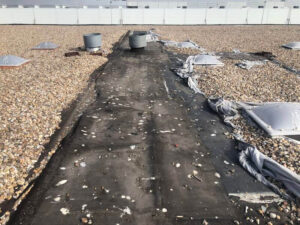
On the other hand, seagull droppings are highly corrosive, causing significant damage to building facades.
As we mentioned earlier, seagull infestations return to reservoirs, water treatment plants, and marshes to rest at night. Such a large number of seagulls produce a massive amount of droppings in the water. This creates water sanitation issues. Many of these points supply water to cities, and therefore, it is extremely important to prevent seagull infestations in reservoirs and water treatment plants in order to maintain the desired water quality levels.
How to combat a seagull infestation?
Just as a carpenter does not rely solely on a hammer to do their work, but has multiple tools: hammer, saw, drill, pliers, screwdrivers… to be more effective in doing their job well; Similarly, for seagull pest control, and for bird control in general, the most effective approach is to combine different tools.
Below we list some of the most effective tools for seagull pest control:
- Bird Repellents with Specific Sounds for combating seagulls.
- Falconry Services, or in cases where these services are not viable due to their high cost, Visual Repellents that simulate, realistically, the flight of a hawk in the area.
- Launching flares, rockets, which help to momentarily lift the seagull infestation from a specific area that we want to protect.
- Bird Repellents with laser.
And we also indicate some tools that are not suitable for combating seagulls:
- Ultrasonic Repellents.
- Static Owl Figures that only rotate their head.
- Holographic tapes that cast reflections.
Customer References in Seagull Pest Control
BirdGard Iberia has extensive experience providing seagull pest control solutions. Among our list of clients are museums, homeowners’ associations, small and medium-sized businesses, and large companies such as Canal de Isabel II, Acciona Agua, or CTM – Madrid Transportation Center, which since 2018 have been using BirdGard sound repellents for seagull control and protection of the buildings they manage in the south of Madrid.
CTM Case – Seagull Pest Control at the Madrid Transportation Center
CTM – Madrid Transportation Center manages multiple warehouses on an area of over 71,000 m2, where storage, distribution, express parcel delivery, freight forwarders, and other logistics operators based in Madrid carry out their activities.


CTM is located south of Madrid, in Vallecas. Being very close to Mercamadrid, thousands of seagulls frequent this area, which they use for resting, feeding, and spending the night.
In 2018, CTM contacted BirdGard Iberia because they had many problems with seagull infestations, especially in one of the warehouses they manage. Due to the conditions of that warehouse: flat and sunny roof, with puddles of water that seagulls use to drink and cool off, the seagull infestations preferred the roof of that warehouse to rest and eat quietly the remains they got from Mercamadrid. They even used the roof as a roosting site.
The presence of seagull infestations on the warehouse’s roof caused numerous problems for CTM in maintaining it and its surroundings: a huge amount of dirt, gutter blockages, leaks, dampness…
Along with other methods, CTM has been using the BirdGard Pro Plus #20 seagull repellent since 2018 to combat seagull infestations.
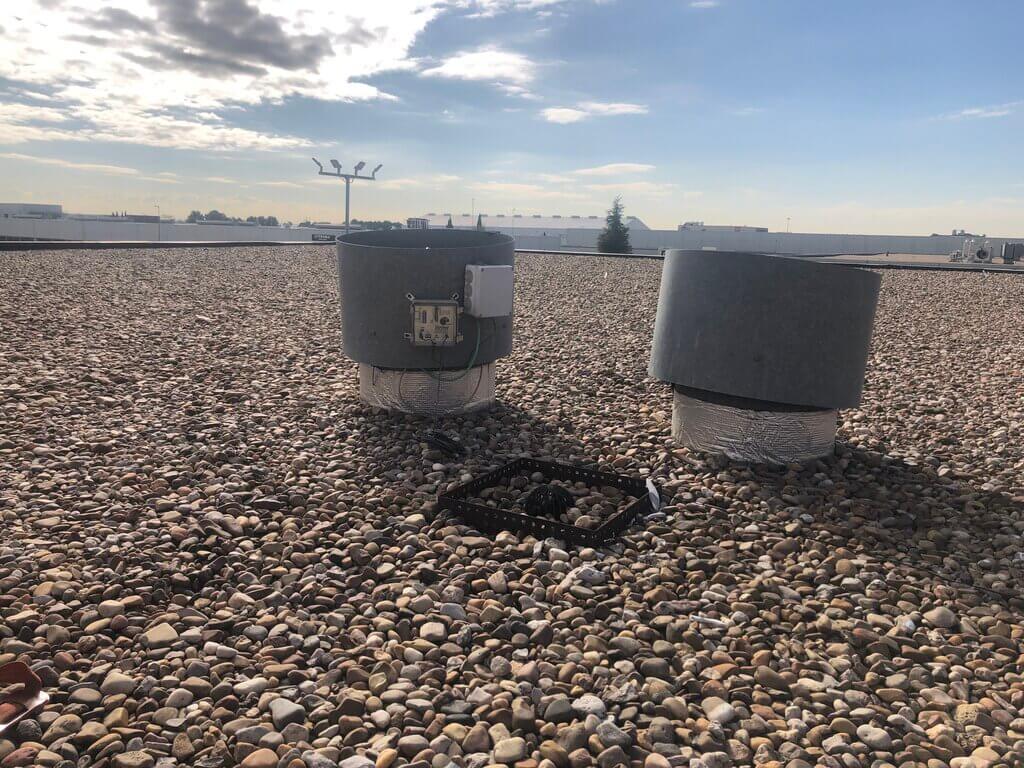
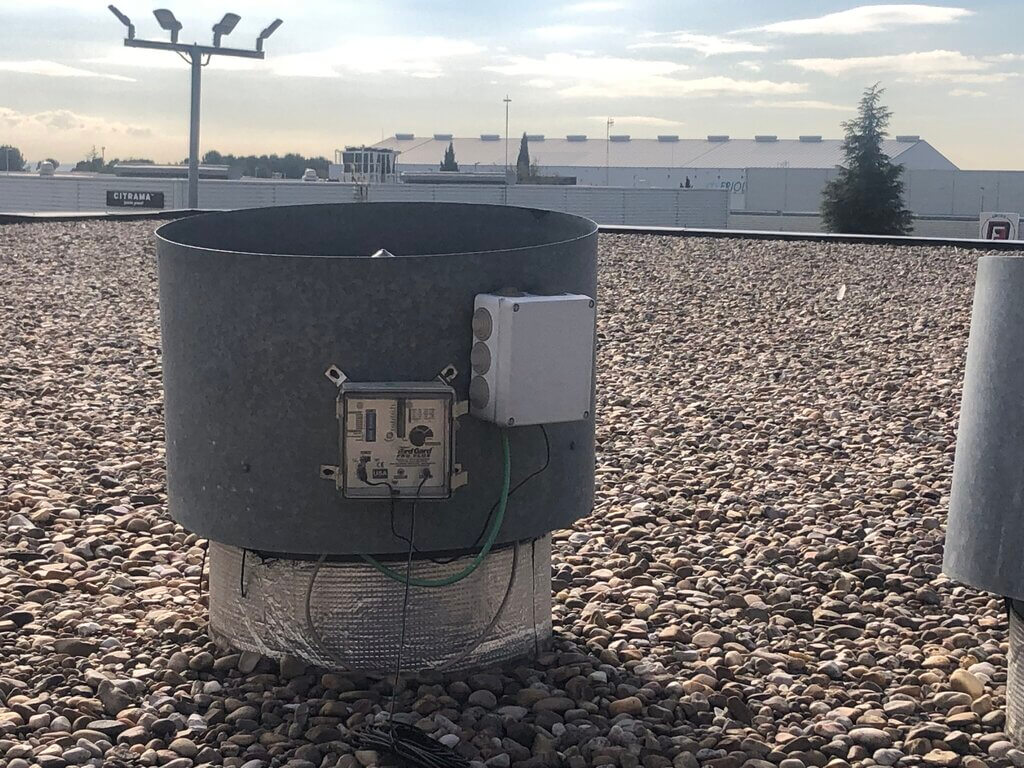
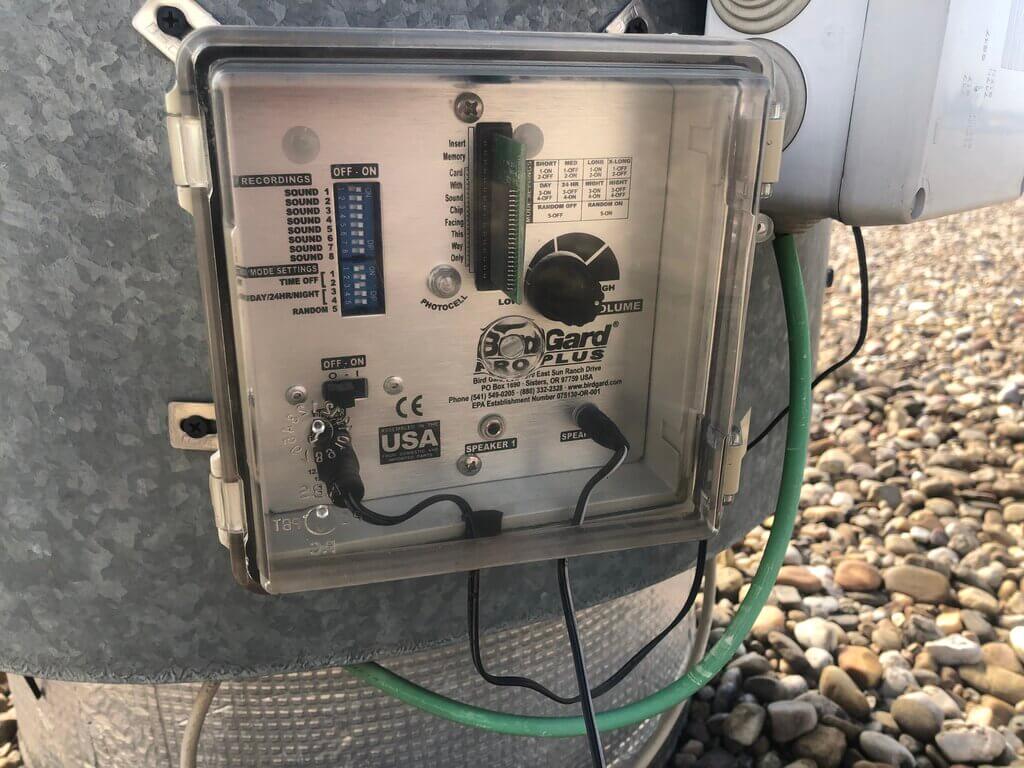
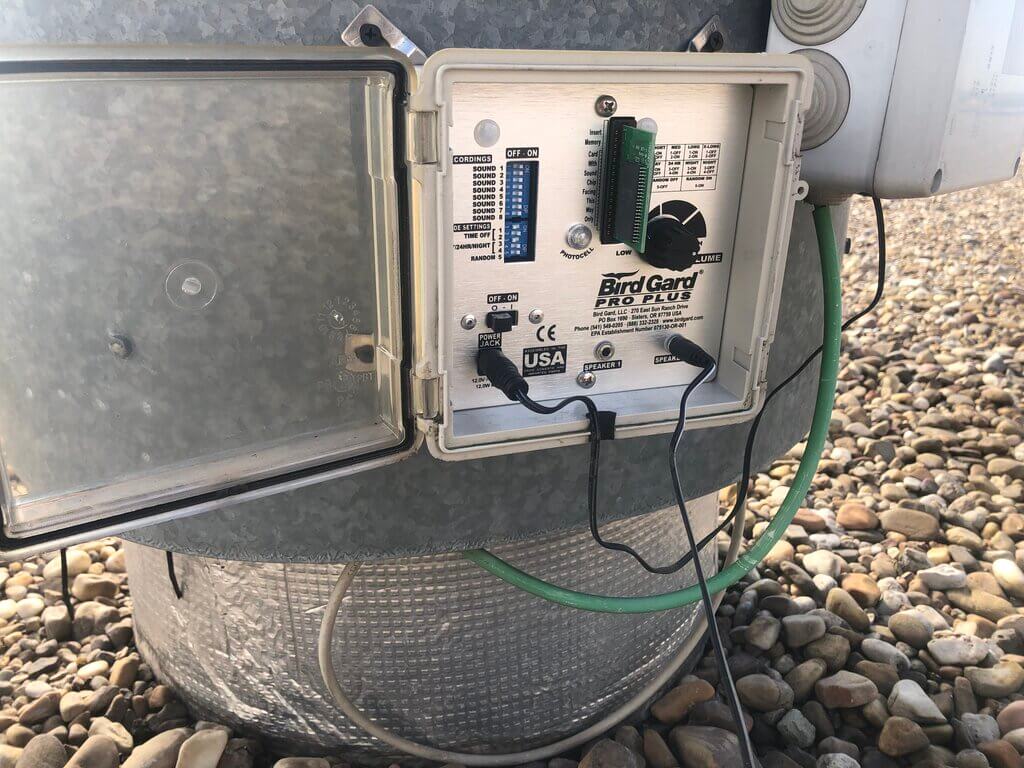
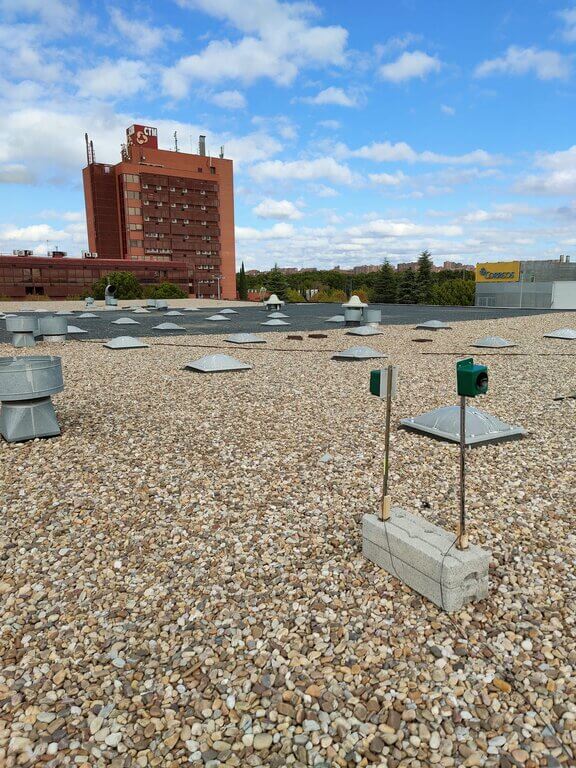
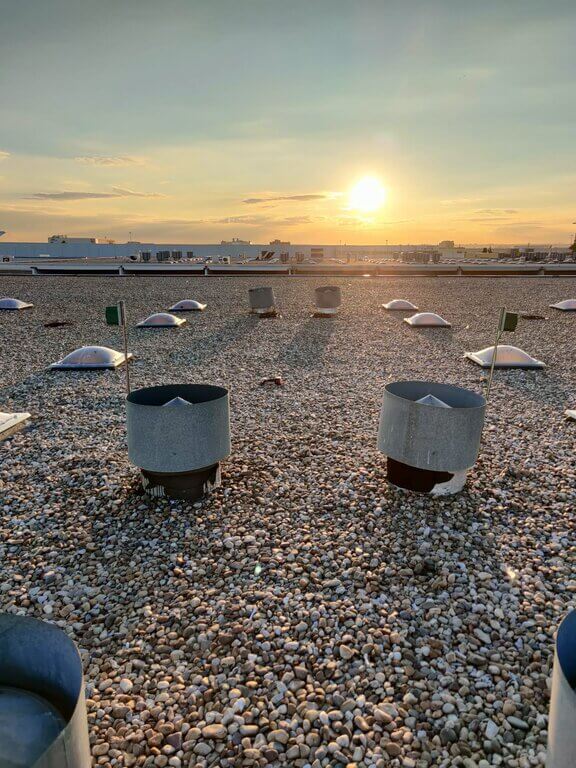
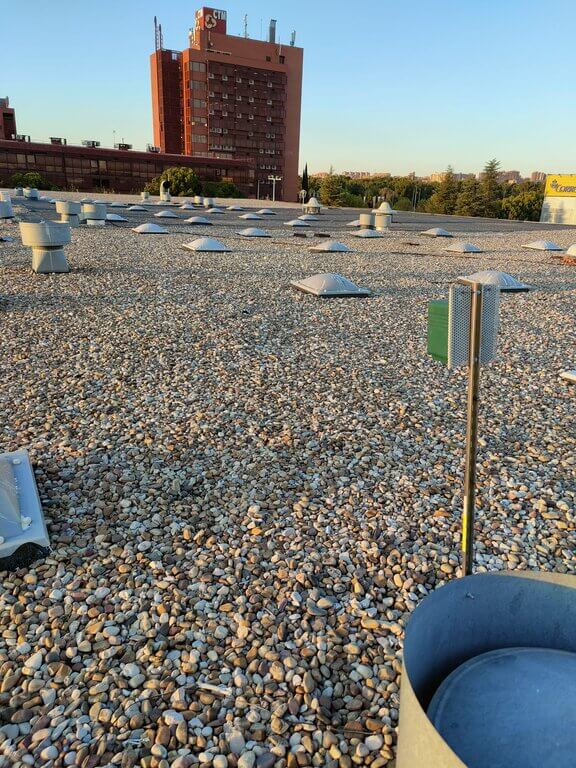
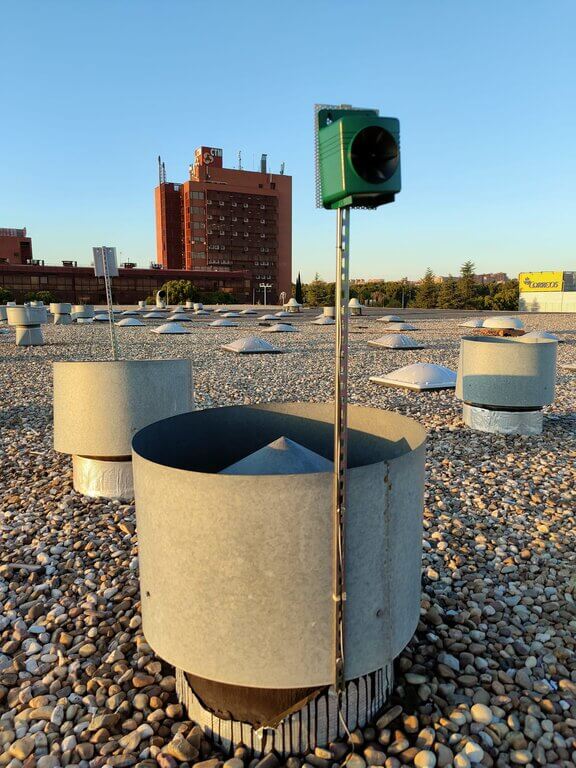
More Information and References on Seagull Pest Control
- Discover the top three solutions for Repelling Seagulls: The Sonic Seagull Repellent “BirdGard Pro #20”. The Visual Seagull Repellent “Hacon Eolo”. And the Seagull Repellent for Boats “StopGull Air”.
- Customer Reference – Garro Cranes shares their experience on how they managed to get rid of seagulls thanks to Bird Gard sound repellents.
- Customer Reference – This article explains how one of BirdGard Iberia’s clients managed to scare away seagulls from the roofs of their over 75,000 m2 factory. Thousands of seagulls perched on the factory’s roofs, generating more than a ton of debris and dirt per year.
- The article “Seagulls in Landfills and Reservoirs – A Public Health Problem” points out the health problems caused by seagulls and advises seagull deterrent solutions for landfills and reservoirs.
- “Bird Control in Solar Panels and Photovoltaics” presents the best systems for repelling seagulls in solar parks
